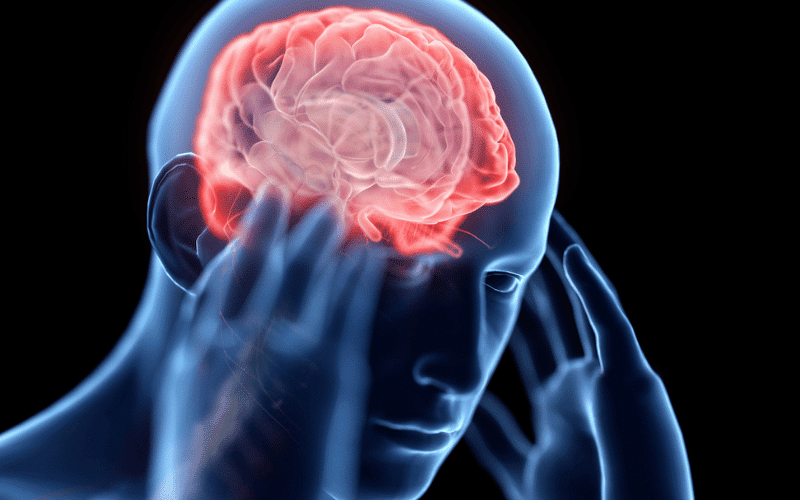Introduction: A Closer Look at Encephalitis Lethargica

Encephalitis lethargica is a condition that emerged in large epidemics during and shortly after World War I, but cases, albeit rare, continue to pop up even today. The illness has been called “sleeping sickness” or “sleepy sickness” because of its propensity to induce a state of constant sleepiness in those affected.
However, this sleepiness is not the only symptom. This condition affects the brain and central nervous system, causing a range of neurological symptoms that are both fascinating and tragic. It’s been associated with inflammation of the brain (encephalitis), marked by high fever, fatigue, double vision, and sometimes resulting in a coma.
Research into this disease is ongoing, and our understanding of it continues to grow. Some researchers believe encephalitis lethargica might be an autoimmune disease, where the immune system attacks healthy cells in the brain. Others suggest it might be caused by a rogue strain of streptococcus, the bacteria responsible for conditions like strep throat.
Despite its infrequent occurrence in modern times, understanding encephalitis lethargica is crucial, especially for those who may be affected by it. In the following sections, we’ll explore the most prominent symptoms of this illness.
Symptom 1: Excessive Sleepiness

The first and perhaps the most prominent symptom of Encephalitis Lethargica is an unrelenting need to sleep, a symptom so defining that the condition has been aptly named “sleeping sickness”. This isn’t your ordinary fatigue after a long day or the drowsiness that lingers after a poor night’s sleep. It’s an overpowering, inescapable compulsion to sleep, even when the individual has had plenty of rest.
Sleep becomes an overriding need, one that cannot be shaken off by conventional means such as caffeine or physical activity. This excessive sleepiness can last for an alarmingly long period, with cases reported of individuals sleeping continuously for days or even weeks.
This symptom often strikes without warning. One moment, the person might be fully awake, and the next, they’re nearly incapacitated by an irresistible need to sleep. It’s a drastic shift that can be disconcerting to both the individual and their loved ones.
The persistent, excessive sleepiness often poses a significant challenge to daily life. It interferes with work, disrupts routine, and makes even the simplest activities, such as eating or conversing, incredibly challenging. This is an existence defined by sleep, where the world fades into the background, replaced by an overwhelming need to close one’s eyes and succumb to slumber. (1)